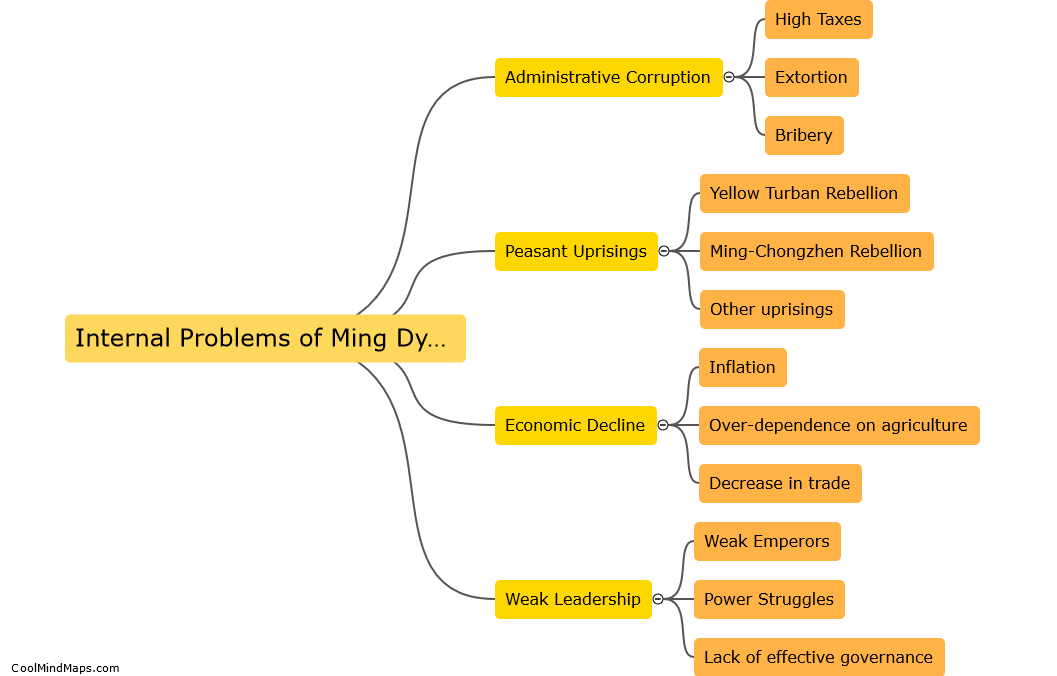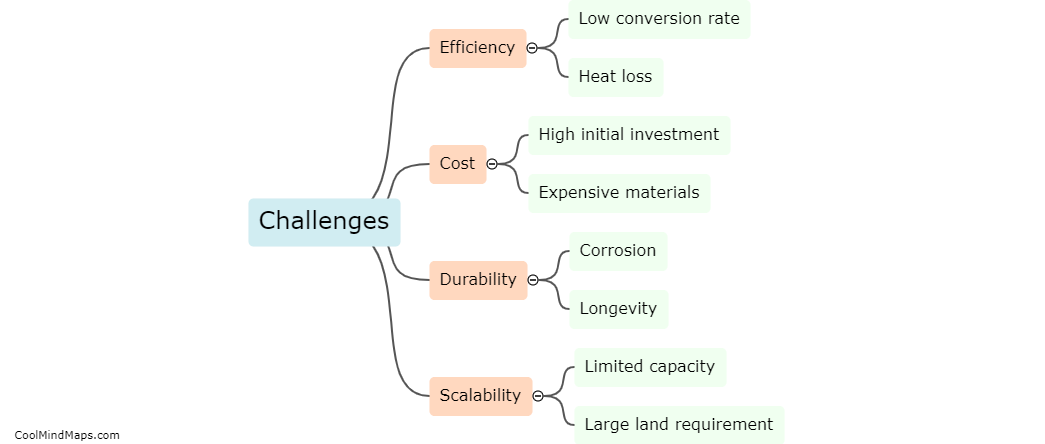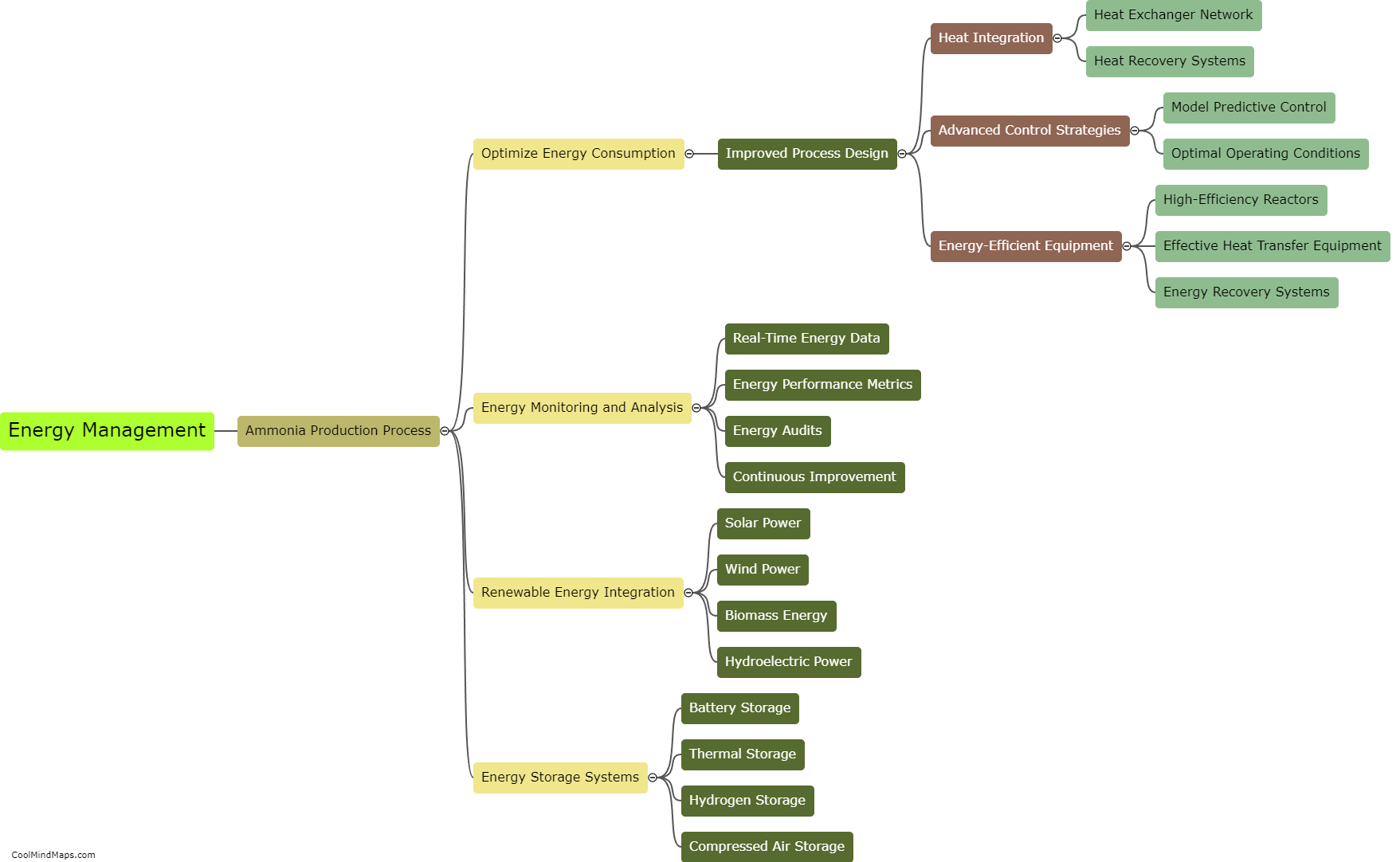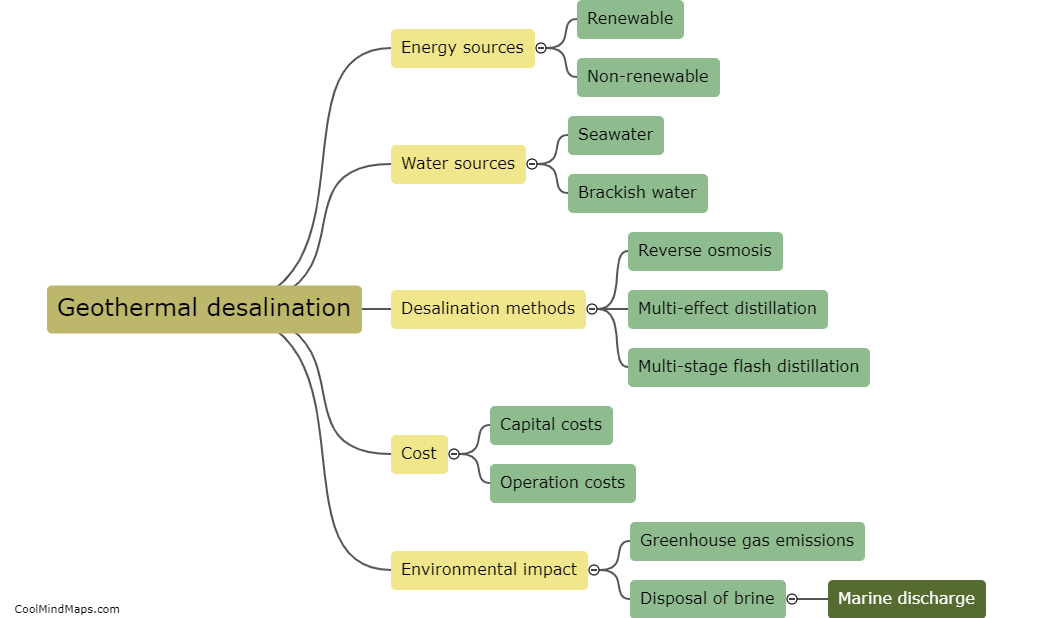What are the applications of solar-thermal water splitting and geothermal technology in desalination?
Solar-thermal water splitting and geothermal technology have emerged as promising solutions in the field of desalination. Solar-thermal water splitting utilizes solar energy to split water into hydrogen and oxygen, allowing for the production of clean hydrogen fuel. This technology can be integrated with desalination processes by utilizing the excess heat generated from the water splitting reaction to drive thermal desalination processes, such as multiple-effect distillation or membrane distillation. On the other hand, geothermal technology utilizes heat from the Earth's interior to generate power. This geothermal heat can be harnessed to power desalination plants, providing a renewable and sustainable source of energy. These technologies have the potential to significantly reduce the carbon footprint associated with desalination while providing a reliable source of water for regions facing water scarcity.

This mind map was published on 17 October 2023 and has been viewed 52 times.











